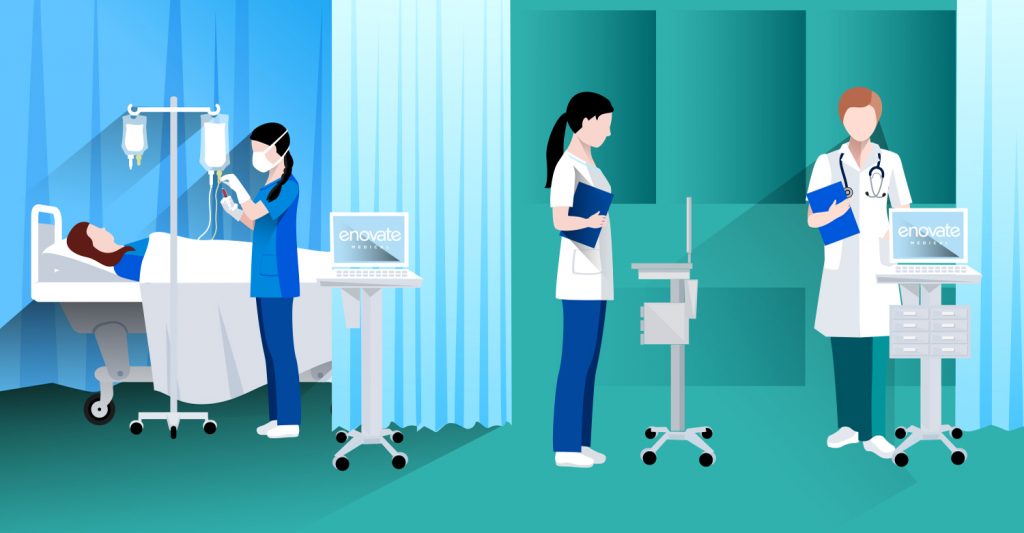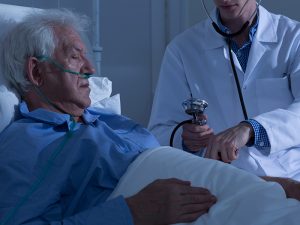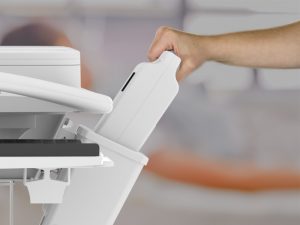
Up Close and Personal: The Clinical Benefits of Real-time Charting at the Point of Care
The introduction of the Electronic Health Record (EHR) has required rapid changes to nursing practice. With the first EHR, nurses would make their rounds, document patient information on notepads and then carry their notes back to the nurses station for data input. For some hospitals, this is still the process.
But, the true promise of an EHR is realized when patient information is instantly available to interdependent teams of providers at the point of care. And, that promise isn’t fulfilled when patient data input is delayed.

Patients often complain that the glow of in-room workstations interferes with their sleep.
The traditional standard for charting is that documentation should be completed within an hour of making an assessment or administering a treatment. With the EHR, a new standard is emerging: Real-time charting at the point of care. With workstations on wheels, nurses can enter contemporaneous data right at the bedside.
According to Joyce Sensmeier, MS RN, Vice President of Informatics at HIMMS, “Patients’ lives depend on it. Nurses are not the only ones who have that chart now — everyone has it, and they all depend on it for up-to-the-minute information. We can’t wait to chart anymore.” [i]
Angie Kohle-Ersher, an information technology nurse, surveyed nurses to discover the impediments of point-of-care charting. She found that the location of computers in the room was a major concern. When nurses have to ask visitors to move or if the nurse has to turn her back to the patient, this impedes the workflow. Nurses also shared their privacy concerns when visitors glanced at the patient data and patient complaints regarding the glow of in-room workstations making it hard to sleep. [ii]

With uninterrupted power, there’s no plugging / unplugging to interfere with nurse workflow which can adversely affect the patient encounter.
Enovate Medical’s new MobiusPower® 4.0 solves these issues. With a cordless workstation on wheels, the nurse can position the medical cart to maintain patient eye contact and turn the screen away from prying eyes. And, because it rolls, there’s no computer in the room affecting sleep. Best of all, with uninterrupted power, there’s no plugging/unplugging to interfere with nurse workflow which can adversely affect the patient encounter.
Kohle-Ersher also discovered additional clinical benefits to real-time charting. “When a nurse is ready to give a pre-meal insulin dose but has to track down the nursing assistant first to find the patient’s glucose level, care is compromised,” she said.
Record keeping has moved from paper charts to nurse station terminals, and from room terminals to mobile workstations. With clinical documentation getting ever closer to the point of care, hospitals are realizing measurable clinical benefits for patients and providers.

